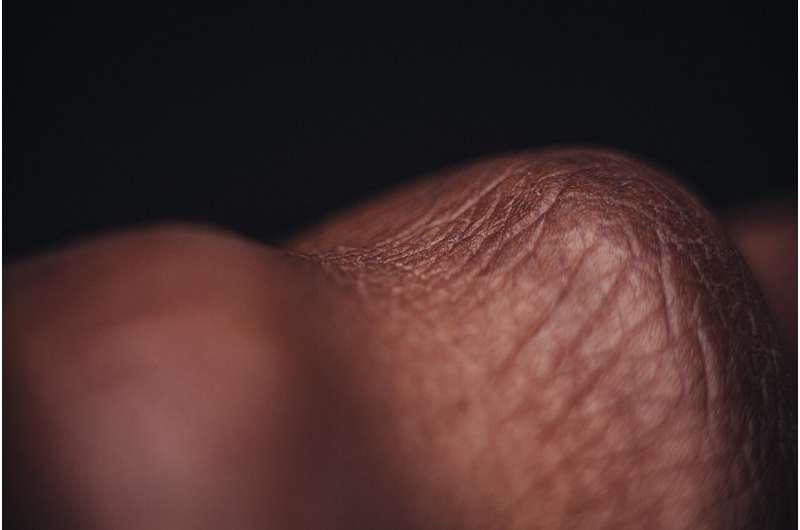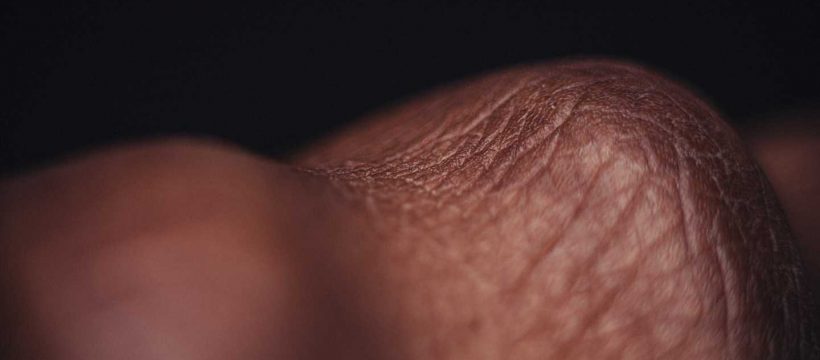
Artificial intelligence (AI) medical image analysis techniques have developed rapidly in recent years. The field of dermatology is considered to be a promising area for AI image analysis techniques. In response to this, a team of scientists from China has published a perspective paper, sharing their experiences and observations about the use of AI tools in the field of dermatology.
Their perspective was published in journal Health Data Science on August 8, 2022.
“Artificial intelligence has great potential to assist dermatologists’ clinical practice. At the same time, the importance of transdisciplinary communication and collaboration has never been so prominent as today,” said Hang Li, a professor at Peking University First Hospital.
“We think understanding the actual needs of clinicians forms the foundation for making the best out of the technology and improving the health outcomes of patients with dermatoses. These drove us to write the perspective paper sharing our experiences, observations, and thoughts with AI-assistant tools from real practice, to facilitate the communication between dermatologists and data scientists, and improve AI tools’ performance.”
Because the diagnosis of skin diseases is mainly based on the morphology, or the form and structure, of lesions, AI analysis techniques based on deep learning and machine learning could prove to be useful clinical tools. Understanding clinical practice’s real needs is the crux of developing valid and helpful AI tools.
In their perspective paper, the scientists share the needs of caring for patients with skin defects or lesions, known as dermatoses. They consider three clinical scenarios where AI techniques might be used. The first scenario involved screening for severe dermatoses in a primary care setting. In the second scenario, they explored AI techniques used by hospital dermatologists to improve their diagnostic performance. In their third scenario, they considered how AI could be used in the long-term management of chronic dermatoses.
The scientists see great potential in AI as a tool to assist clinicians in providing quality healthcare services for patients with skin diseases and improving the efficiency and accessibility of healthcare. Yet they also note that the accuracy of AI tools needs improvement. The lack of interpretability impedes doctors’ and patients’ confidence in the predicted results.
A gap exists between the technology and the expectations for safety and reliability derived from the “first, do no harm” principle. To close the gap, the joint efforts of dermatologists and AI scientists are the crux to translating the potential of AI healthcare into the real benefits for patients.
The scientists make several recommendations for ways to improve AI-assisted diagnosis systems. They propose that the data can be improved by establishing a robust database of clinical information, lesion images, dermatoscope images, and high-resolution imagery called reflectance confocal microscopy. The scientists also propose that AI algorithms should be better adapted to existing real-world databases. Their last recommendation is that researchers should systematically design better strategies and processes for human clinicians and the machines used in AI diagnostics.
Looking to the future, the scientists see the need for stronger collaboration between clinicians and data scientists. “We think the most important message to express here is that clinical practice is very complex due to the diverse requirements embedded in various scenarios,” said Li. “That means there is no one-fit-all modal for AI tool development.”
Source: Read Full Article
